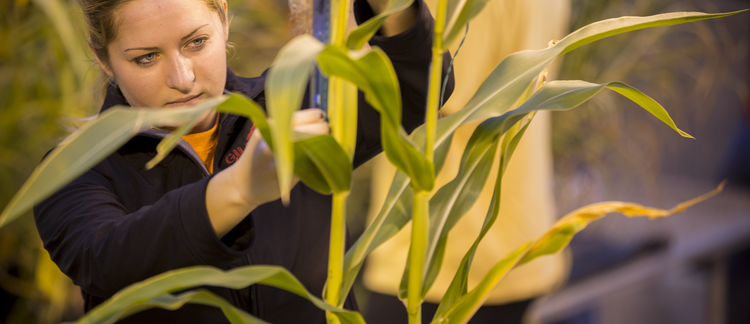Abstract
In some soils, subsurface phosphorus (P) and potassium (K) banding can be more effective than broadcast fertilization by limiting reactions with soil that may reduce their availability. No-till management results in little incorporation of crop residues and fertilizer into the soil, which may increase soil moisture and nutrient uptake in summer, but may result in colder soil in spring. Also, P and K move little through the soil profile (except sandy soils), and no-till with broadcast P and K causes accumulation in the top few inches of soil that may increase or decrease uptake. Therefore, a study was conducted from 1994 through 2018 to evaluate effects of P and K fertilizer rates and placements on grain yield of corn and soybean managed with no-till or tillage. Broadcast, planter-bands, and deep bands were evaluated until 2001 when deep banding was dropped. Previous reports showed deep-band results. This report summarizes results for broadcast and planter-band methods for the 25-yr study.
How to Cite:
Mallarino, A. P., Thompson, L. B. & Schnabel, M., (2021) “Phosphorus and Potassium Fertilizers Placement Methods and Tillage Systems for Corn and Soybean During 25 Years in Northern Iowa Soil”, Iowa State University Research and Demonstration Farms Progress Reports 2020(1).
Downloads:
Download PDF
View PDF
281 Views
124 Downloads

